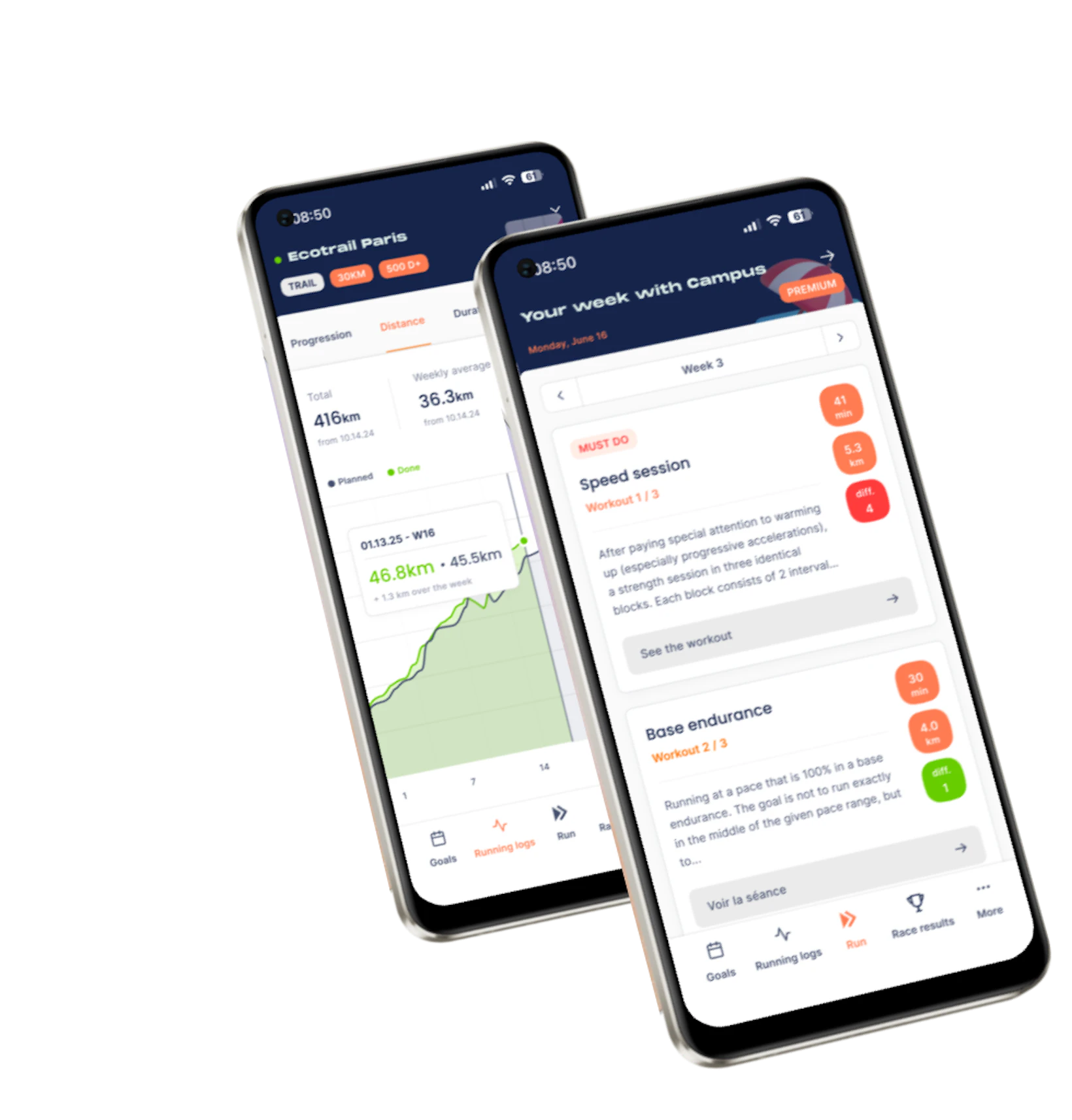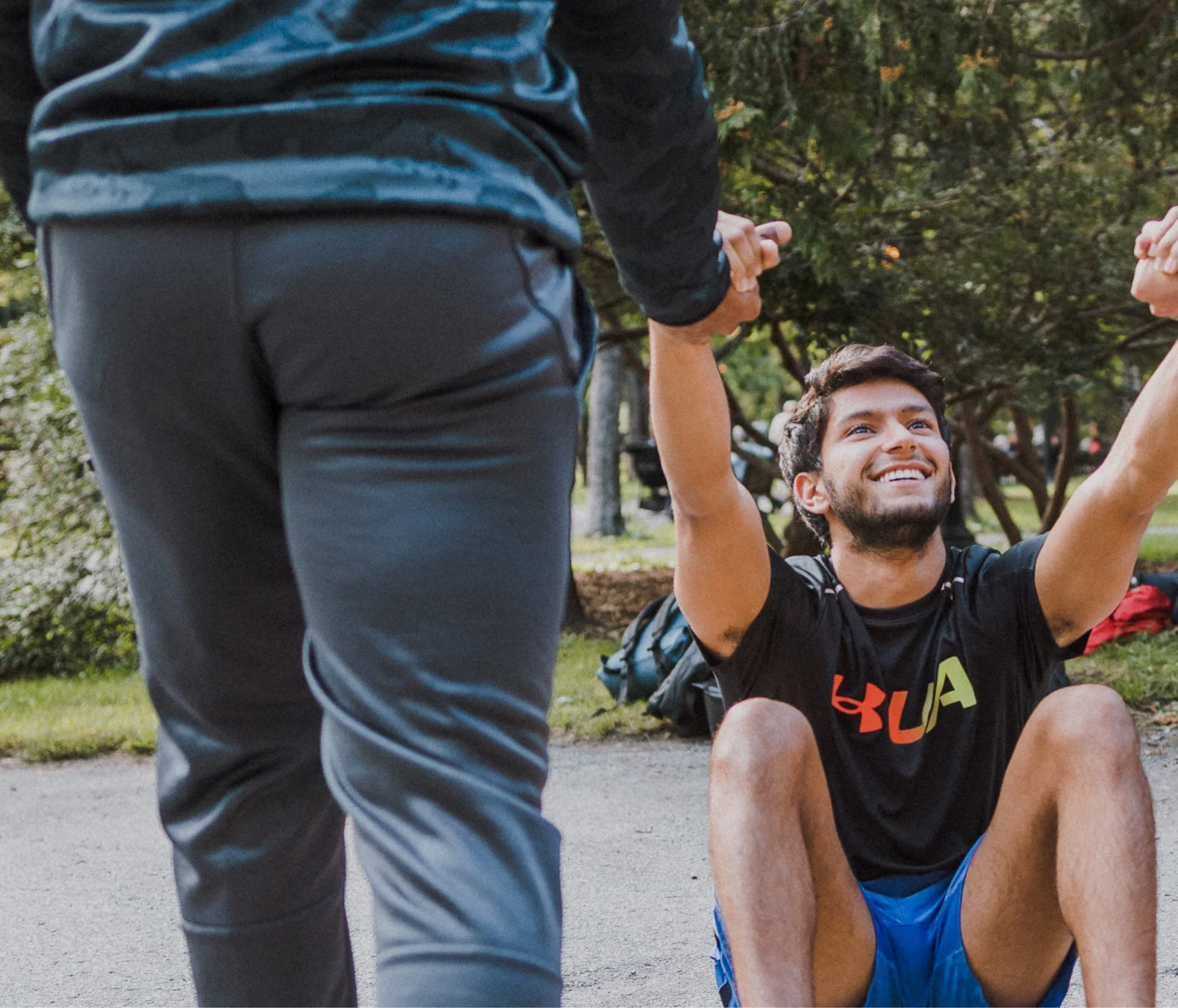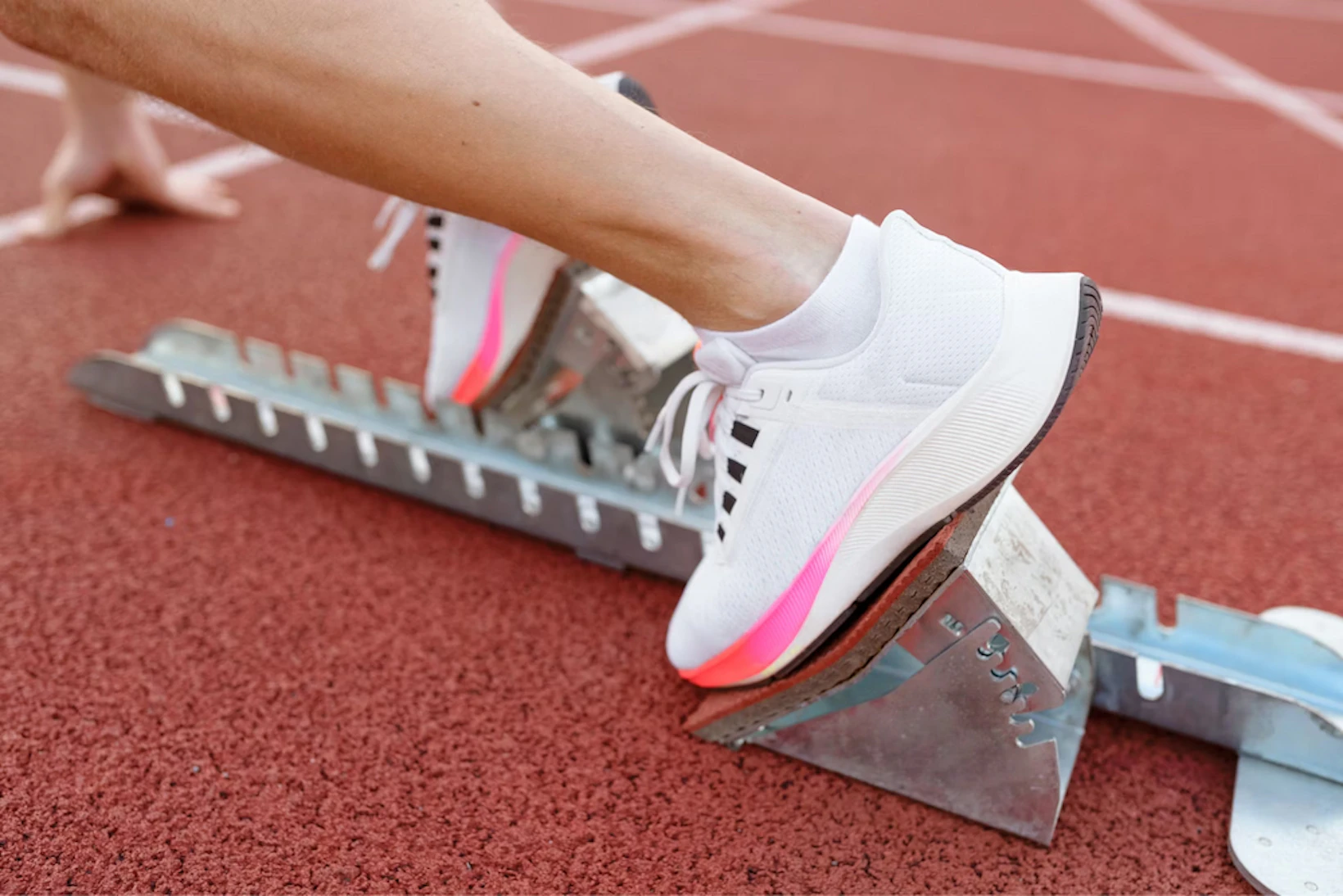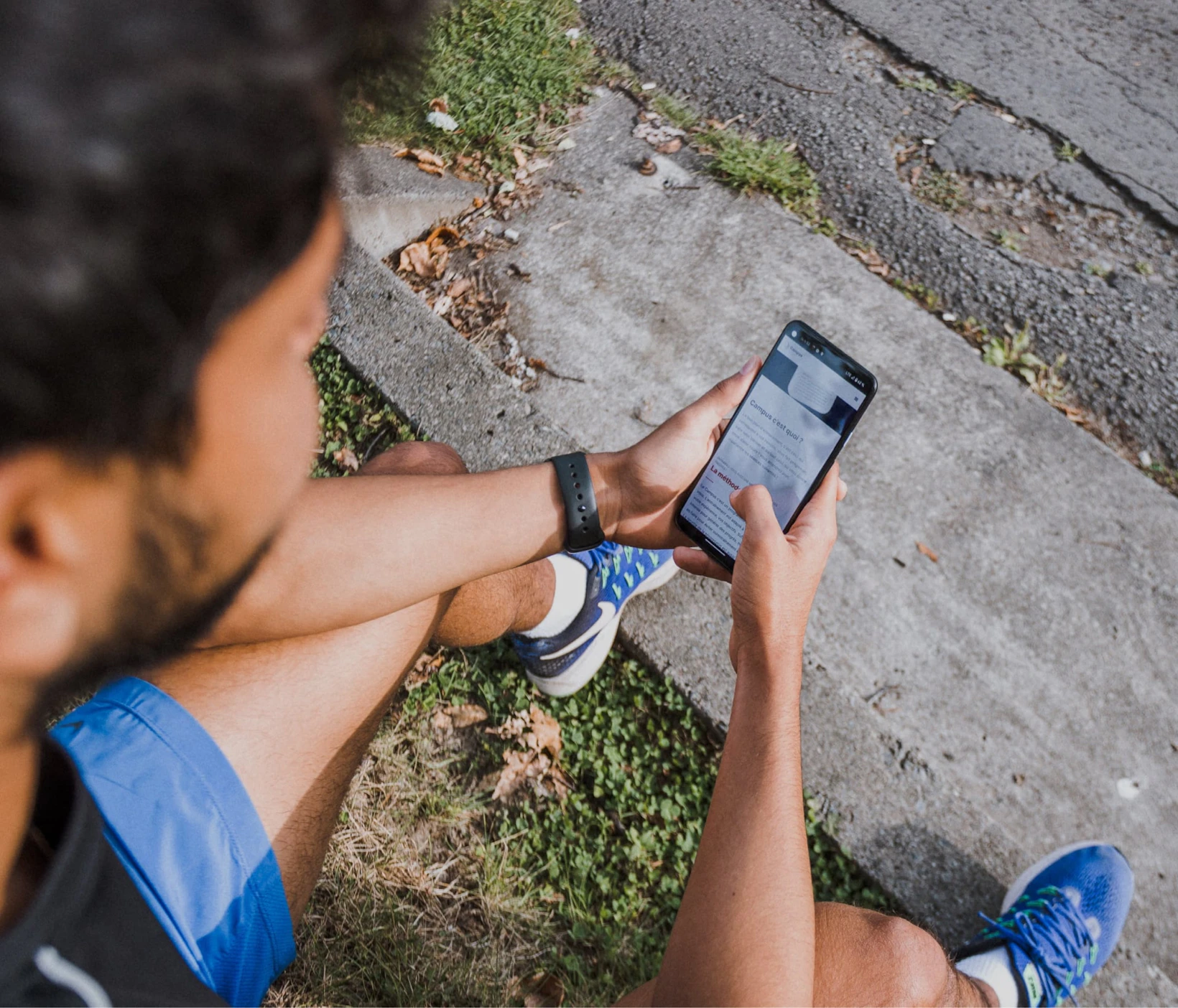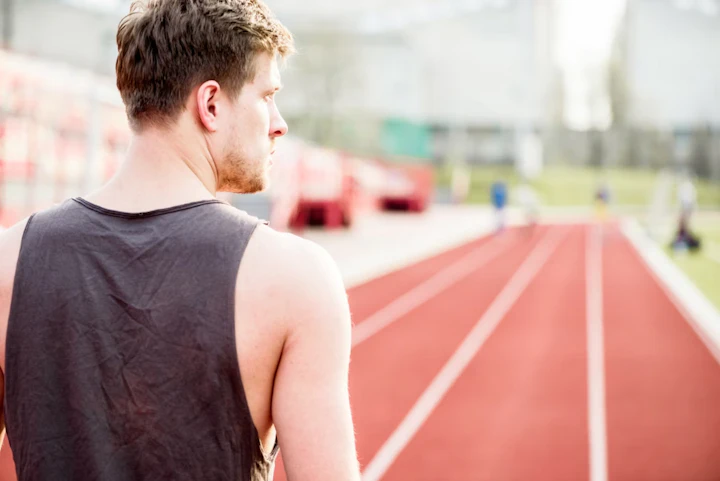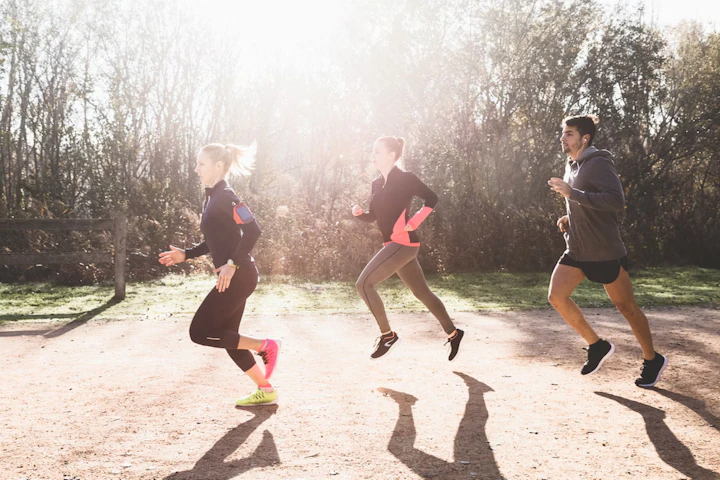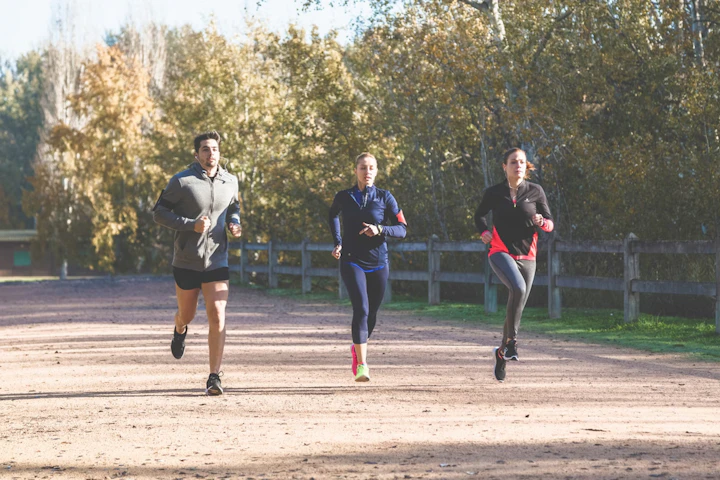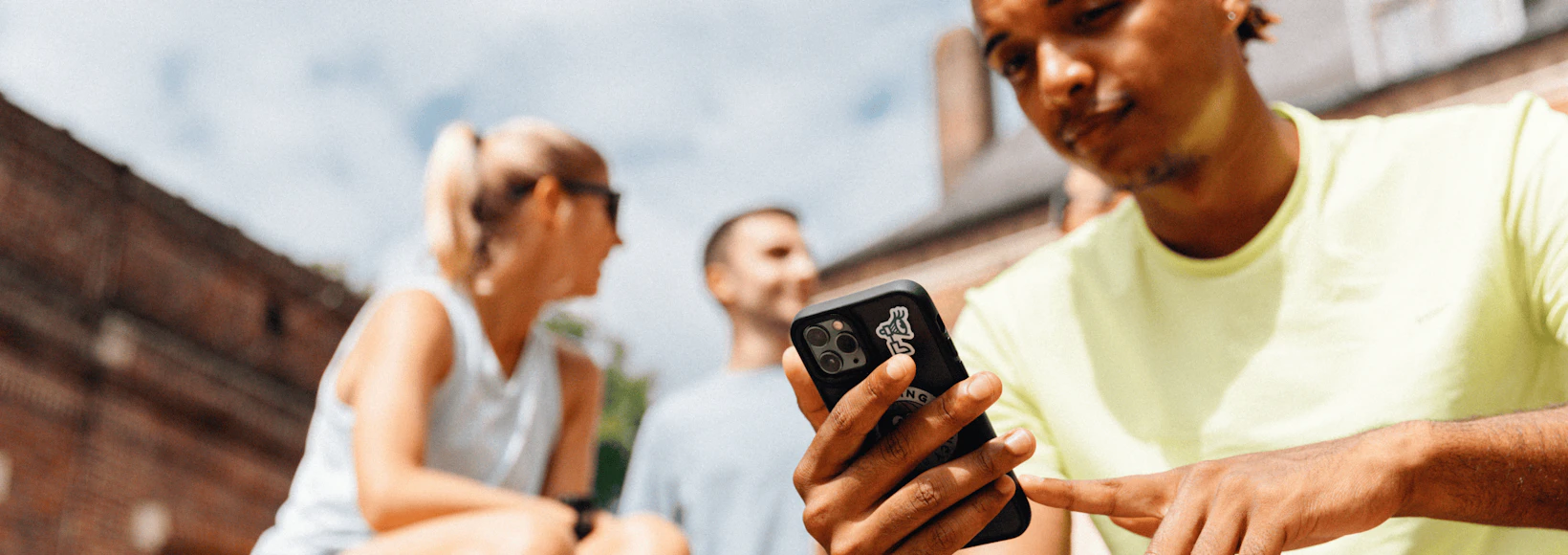What is VO2 max and how to improve it?
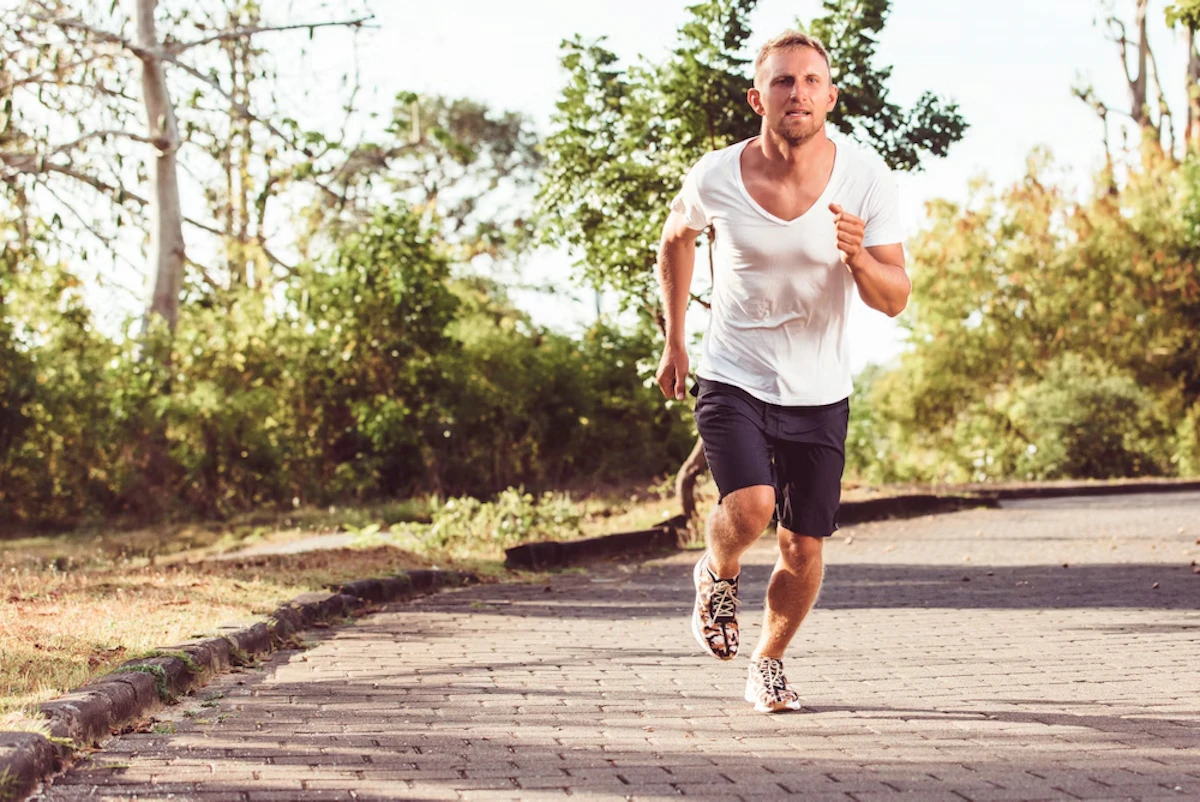
15 min read
Summary
What is VO2 max?
Why is VO2 max important in endurance sports such as running?
An important performance factor... but not the only one
What is the relationship between VO2 max and MAS?
What factors impact VO2 max?
Genetics
Gender
Age
Training
How do I know if I have a good VO2 max?
How to calculate/measure my VO2 max?
The laboratory test
The Astrand test
The heart rate ratio method
What about cardio watchs?
What is the VO2 max value for a moderately active person?
What constitutes a good or bad VO2 max value?
What are the VO2 max records (men and women)?
How to improve your VO2 max?
High-intensity training
What sessions to improve your VO2 max?
By what percentage can I improve my VO2 max, and in how much time?
Why is my VO2 max not increasing anymore?
Can one progress in running without improving their VO2 max?

Receive advice from our passionate coaches!
The term is part of the jargon of running and endurance sports. Some use it in the masculine form (it's a volume), others in the feminine (it's a consumption). It's the VO2 max. This value is a good indicator of your fitness level and sports capabilities. The higher your VO2 max, the more you will be able to run fast at a given intensity of effort. Whether you're aiming for performance or simply feeling more comfortable in your practice, it's a bonus to maximize your aerobic potential by increasing your VO2 max.
💡 While VO2 max is important, the value of a runner is not limited to just this single physiological indicator. Many other levers exist to improve through training.
What is VO2 max?
VO2 max is the maximum volume of oxygen your body can utilize during an effort. It is generally measured in milliliters per minute per kilogram of body weight (ml/kg/min). It's also referred to as maximum aerobic capacity. To give you an idea, VO2 max defines the size of your aerobic engine. The higher your VO2 max value, the better your oxygen absorption.
Why is VO2 max important in endurance sports such as running?
Oxygen is a key component in the energy creation system you need when exercising. It's absorbed in the lungs when you breathe, then transported by the blood, extracted at the muscles, and finally used by the muscle. At the end of the chain of carbohydrate and lipid transformation, oxygen slowly but surely creates a large amount of ATP, adenosine triphosphate (ATP). ATP is the final molecule, energy-rich, that causes muscle contraction. Unlike other methods of ATP creation, it's the only one that generates enough ATP, long-term, thanks to a very slow system fatigue and an excellent yield. That's why it's very interesting in endurance.
You then understand the central role of oxygen in this process and the importance of having your VO2 max as high as possible. The higher the VO2 max, the more significant the energy production.
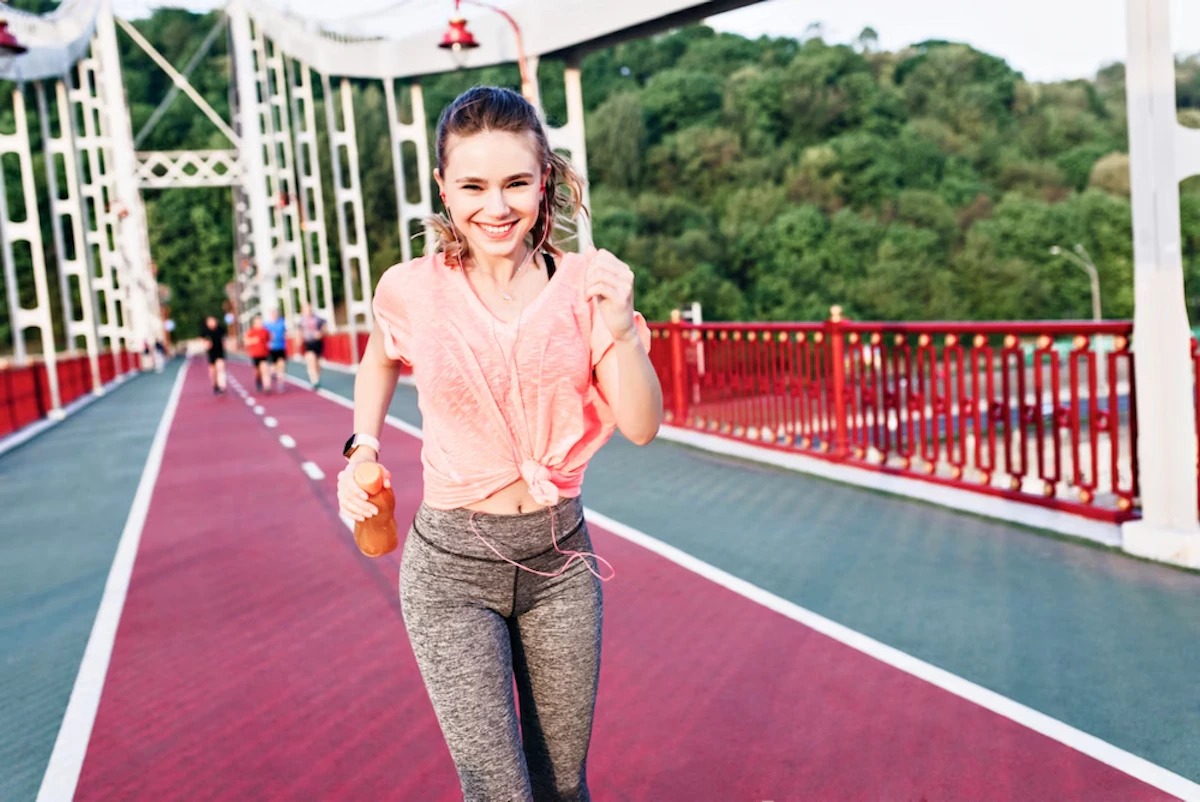
An important performance factor... but not the only one
VO2 max is a major determinant of performance in running, regardless of the prepared distance. But the size of your aerobic engine isn't everything. You still need to be able to maintain a given percentage of VO2 max over a long duration. This is referred to as endurance index, utilization fraction, or "capacity to endure".
Several other markers play a role in performance such as the running economy, lactate threshold levels, endurance, energy reserve management, not to mention the crucial role of mental strength in pushing limits.
All these factors mean that two athletes with the same VO2 max can have very different times in a 10-kilometer race or a marathon.
In summary, an athlete\'s performance is not only determined by their VO2 max value. That is why endurance training does not just focus on this specific marker. Otherwise, it would be terribly monotonous and boring in the long run! The variety of sessions is very important to develop other essential qualities for runners.
What is the relationship between VO2 max and MAS?
Maximal aerobic speed, or MAS, equals VO2 max divided by the energy cost.
The energy cost corresponds to the amount of oxygen you consume over a certain distance at a given speed. It's possible to lower this energy cost through training. If you want to know more, we refer you to our article dedicated to MAS.
What factors impact VO2 max?
VO2 max depends on several parameters, here they are.
Genetics
We are not all equal at birth in terms of physiology, particularly VO2 max. Some individuals have an innate predisposition to have a greater oxygen absorption than others, inherited from their parents.
Moreover, the ability to improve the VO2 max through training varies from person to person. Again, this ability is influenced by genetics. As such, we can observe significant disparities in VO2 max increases among individuals, despite completing the same training cycles.
Gender
In general, men display higher VO2 max than women. This difference is partly due to a lower hemoglobin level in women. Moreover, men are generally taller (on average), possess more powerful heart muscles and larger lungs.
Age
Age impacts VO2 max. Its value likely reaches its maximum in the twenties or thirties, then gradually decreases with age. However, this observation is only valid with constant physical activity. For example, an untrained athlete starting endurance sports at 50 will likely see their VO2 max increase.
Training
Fortunately, you can improve your VO2 max through training. The increase in VO2 max is a natural consequence of enhancing aerobic condition. Progress will be faster if you are a beginner. At a certain stage of training, it becomes increasingly difficult to evolve this value. For the most trained athletes, it is no longer about increasing their VO2 max, but simply maintaining it.
How do I know if I have a good VO2 max?
A little birdie told us that you probably want to know more about your VO2 max: here are several methods to measure it.
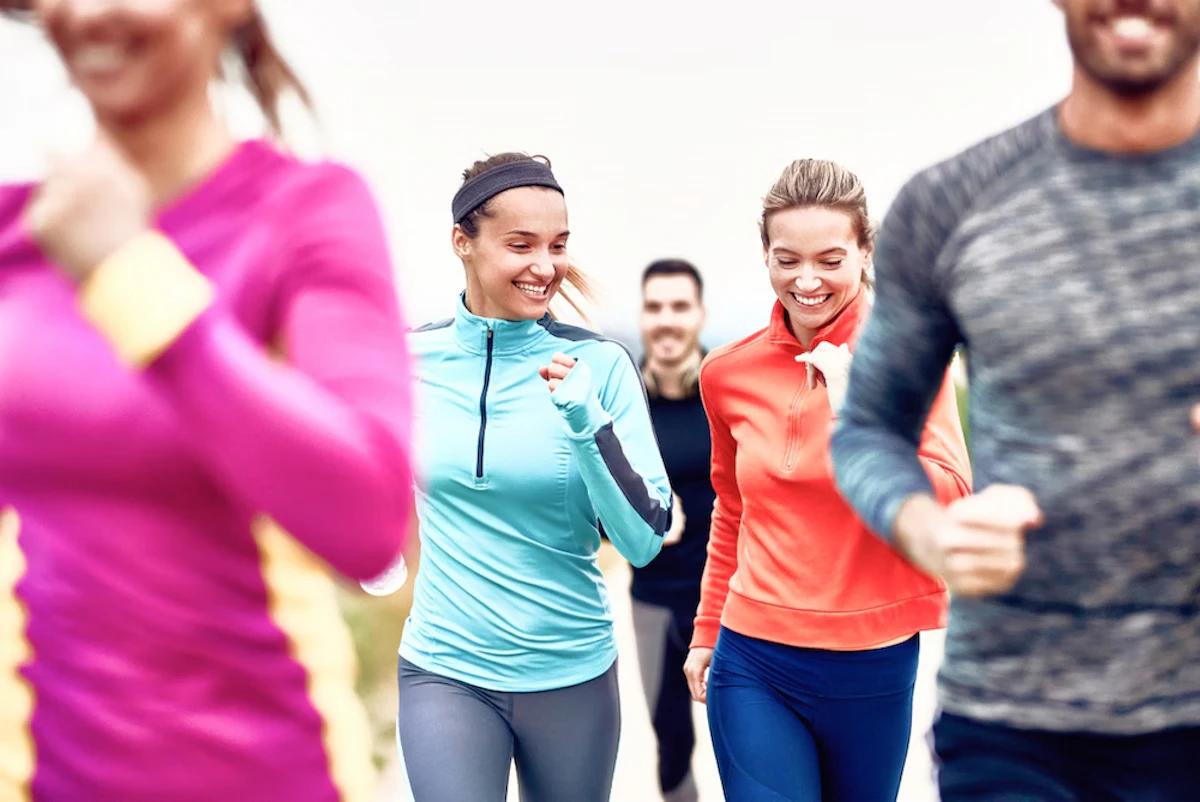
How to calculate/measure my VO2 max?
There are several ways to measure your VO2 max. The most accurate measurement, the only scientifically valid one, is also the most expensive. It's the laboratory test. Other methods only provide estimates.
The laboratory test
To know your VO2 max, it's best to go to a specialized laboratory and take a VO2 max effort test. You will run on a treadmill - or pedal on a bicycle - while wearing a mask, measuring the amount of air you inhale and exhale during the exercise. The test is progressively difficult until you give 100% of your physical and mental capabilities.
The Astrand test
This test allows you to indirectly calculate the VO2 max. To do this, start running on a flat treadmill for 3 minutes. Then the inclination is increased by 2.5% every 2 minutes until you can no longer continue. The following formula is then used to calculate VO2 max:
(Time × 1.444) + 14.99 = VO2 max.
For example, if you stopped the test after 18 minutes of running, your VO2 max will be (18 x 1.444) + 14.99 = 41 ml/kg/min.
The heart rate ratio method
This third method of estimating VO2 max might seem simplistic because it relies solely on the range of your heart rate. You can use it if you are already well-trained. You simply need to know two values: your maximum heart rate and your resting heart rate. You only need to perform the following calculation:
(Max HR / Resting HR) x 15.3.
We can take the example of the most famous trail runner, Kilian Jornet, whose maximum heart rate is 205 beats per minute and resting rate is 34 beats per minute. The calculation gives: (205/34) x 15.3 = 92.25. A value very close to his record (and known) VO2 max achieved during a laboratory test: 92 ml/min/kg.
What about cardio watchs?
Some heart rate monitors indicate an estimate of your VO2 max based on your heart rate. Of course, you won't get the precision of a laboratory test, but it can be interesting to observe this value's evolution over time. For the most accurate estimate possible, make sure to indicate your current weight in your watch's settings, and regularly wear a chest strap or armband. They offer a much more reliable measure compared to the optical sensors built into watches.
What is the VO2 max value for a moderately active person?
The brand Garmin has developed summary tables for average VO2 max levels in men and women, by age group, based on their physical condition (seven levels from "very low" to "excellent"). Taking individuals in "average" physical form or condition.
For a woman aged 35 to 39, a VO2 max between 32 and 35 is obtained. For a man of the same age, the VO2 max is between 39 and 43.
These VO2 max values increase for younger individuals (20-24 years old): 37-41 for a woman and 44-50 for a man.
Conversely, they decrease for older individuals (50-54 years old): 26-29 for a woman and 33-36 for a man.
What constitutes a good or bad VO2 max value?
There is no absolute good or bad VO2 max value. It's always important to relate this value to people of your gender and age group. A VO2 max of 35 is excellent if you are a woman over 55 years, whereas it reflects rather poor fitness if you're a man under 25.

What are the VO2 max records (men and women)?
World-class endurance athletes possess VO2 max values greater than 80 ml/kg/min in men and greater than 65 ml/kg/min in women.
The highest values are typically found among top-level athletes in cycling and cross-country skiing. The highest known value is that of Norwegian cyclist Oskar Svendsen (18 years old in 2012): 97.5, after a laboratory test. For women, the unofficial "record" belongs to the American Joan Benoit, with 78.6. She was the first Olympic marathon champion in 1984, in Los Angeles. In 2019, Joan Benoit ran the Berlin Marathon in 3 hours and 2 minutes, at 62 years old.
Other female athletes are likely to have higher VO2 max values. Think, for example, of East African athletes. Simply put, these values have never been measured in laboratories.
How to improve your VO2 max?
There are methods to improve your VO2 max which sometimes, as we will see, are not enough… but don't panic! All is not lost.
High-intensity training
If you want to improve your VO2 max, the type of training is important. Running low or moderate-intensity footings is not enough. It is necessary to perform high-intensity training, in a zone of intensity referred to as "severe", meaning above your anaerobic threshold (the 60' Threshold at Campus). The basic idea is simple: you need to spend time close to your VO2 max to develop this value.
During VO2 max development workouts, you need to "push the machine" and exceed 90% of your maximum heart rate in more or less long intervals. These sessions are demanding both physiologically and physically. That's why you shouldn't do them too quickly, and respect recovery periods to give yourself time to assimilate them. The rule is simple: never two intensity sessions two days in a row, and at least one easy jog between sessions.
What sessions to improve your VO2 max?
We dedicated a complete chapter to this subject in our article on MAS, the maximal aerobic speed. We specifically address the notion of kinetics: it takes a certain amount of time, varying by individual, to reach a high percentage of VO2 max. Therefore, long intervals of two, three, or even four minutes are the most effective.
However, this type of workout is not necessarily accessible to everyone. They are very difficult for beginners. That's why VO2 max development blocks generally start with short intervals, such as 30-30, before gradually increasing the duration over the weeks.
A good alternative is to perform workouts with decreasing duration intervals. For example, start with 3-minute intervals close to your 100%, then reduce to 1-minute intervals, then 30 seconds. To illustrate: once your heart has "climbed up the ranks" at the start of the workout, it will rise faster during the upcoming intervals. This way, you'll get a significant support time at high percentage of VO2 max at the end of the session despite shorter interval durations.
Hill workouts are also an excellent way to increase your VO2 max, improve your running form, while reducing injury risk. It's advised to choose a hill with a grade between 5 and 8% to maintain good stride length.
By what percentage can I improve my VO2 max, and in how much time?
One cannot improve their VO2 max indefinitely. Your initial training level and genetic potential are two important variables. Studies have shown that untrained athletes can improve their VO2 max by between 15% and 30% in the long term. The first effects of specific workouts are quickly visible in beginner athletes. Gains are more difficult to achieve in more experienced athletes.
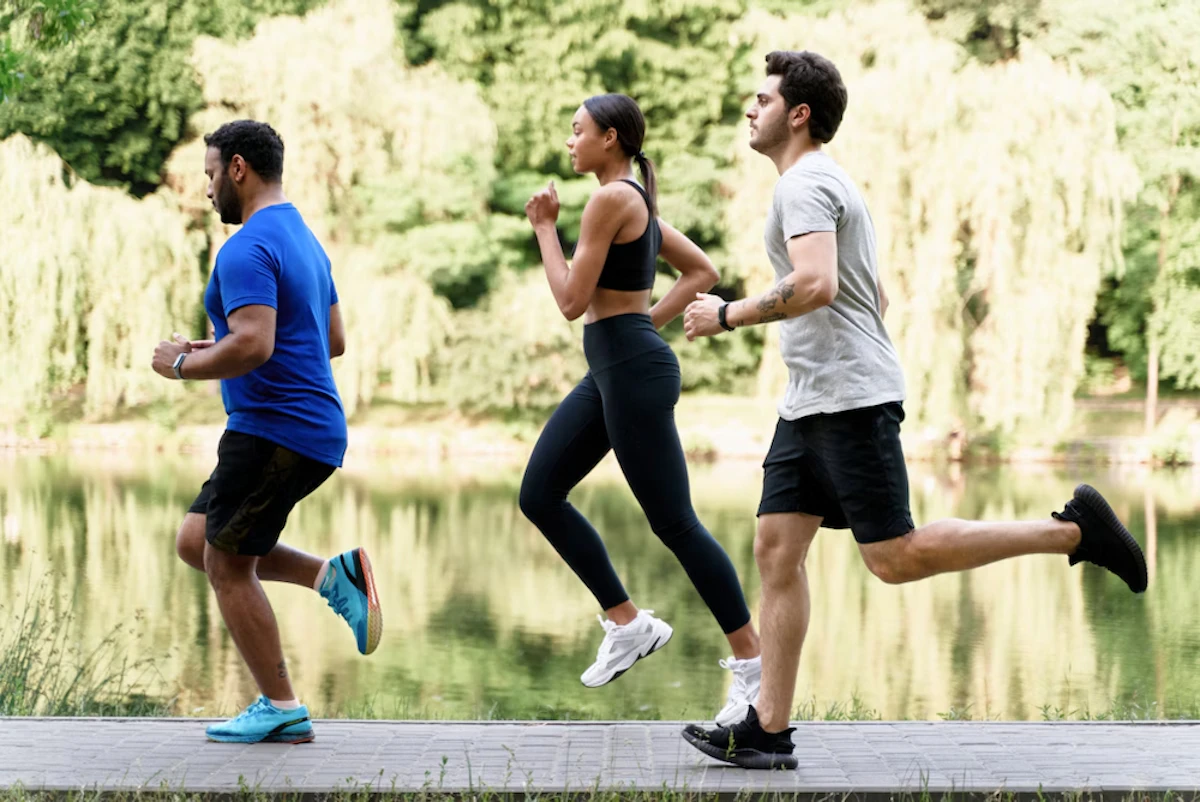
Why is my VO2 max not increasing anymore?
There are several possible causes. The first reason is simply that you've trained well for several years. Congratulations to you, you've maximized your potential... which is very rare among amateur athletes. At this stage, it is often more productive to work on other qualities rather than trying to improve your VO2 max (or MAS) at all costs.
Second reason, you are a master runner. From the age of 40, our VO2 max tends to decrease naturally. However, the drop is very slow, and there are many training levers to delay it.
Often, your VO2 max doesn't increase because you train in the same way month after month and year after year. Your body has adapted to the mechanical stresses and training load. The solution: vary your workouts, play with the intensity and/or volume levers, to generate new adaptations.
Conversely, your workouts may be too intense or too close together, causing you not to recover sufficiently between each session. Too high a training load coupled with poor recovery can lead to stagnation or even a drop in performance.
Can one progress in running without improving their VO2 max?
The answer is yes. The value of VO2 max alone does not dictate an athlete's performance level. We can leverage other factors to continue progressing without increasing our VO2 max. Often quoted is the example of former world marathon record holder, the Briton Paula Radcliffe. Between her junior years and her world record in 2003, eleven years later, Paula Radcliffe's VO2 max remained stable at around 74.5 ml/kg/min. Nonetheless, her performances significantly increased during this period as she developed other qualities, like her running economy and therefore her energy cost.
This is what we should take away from the example of Paula Radcliffe: even having reached your VO2 max ceiling, a varied, consistent, and well-planned training will allow you to continue progressing for a long time in your practice.




